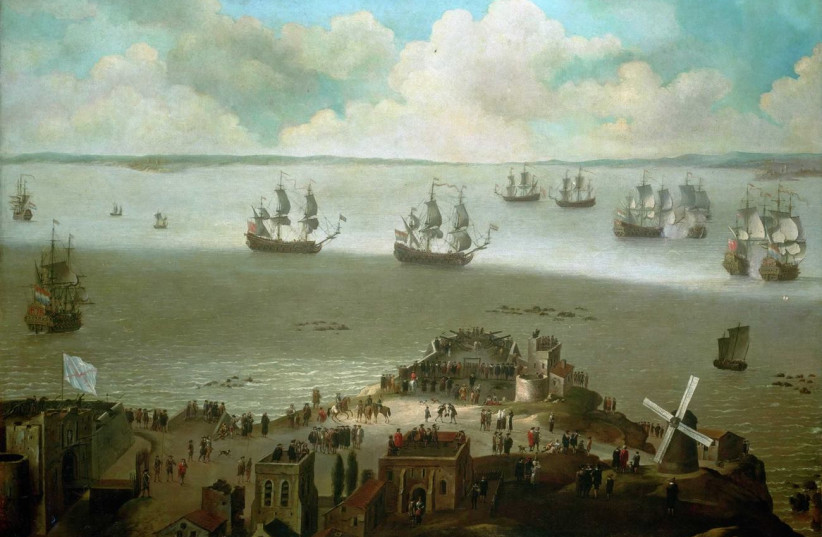An 18th-century British warship that had fought in the War of Jenkins Ear against Spain was discovered this week off the coast of Florida.
Archaeologists for the US National Park Service found the remains of HMS Tyger just beside Dry Tortugas National Park, a park that spans several islands in the area. Their findings were published in the peer-reviewed journal the International Journal of Nautical Archaeology.
The frigate, built in 1647 and carrying 50 guns, sunk in 1742 after running aground, i.e., touching the ground in a shallow part of the ocean waters on the reefs during patrols.
Surviving on the Garden Key
After the ship was wrecked, about 300 crewmembers managed to survive 66 days stuck on what is now known as Garden Key, the second largest island in the Dry Tortugas.
They built fortifications there while combatting “heat, mosquitoes and thirst.” They built makeshift boats out of the few remaining pieces of the HMS Tyger and tried to seek help a few times to no avail.

“After a failed attack on a Spanish vessel, the surviving crew burned the remains of Tyger to ensure its guns did not fall into enemy hands,” according to the NPS. They used the boats they built to make their over 1,000-kilometer escape “through enemy waters” to Jamaica.
While the wreck was found in 1993, newly-discovered evidence has confirmed beyond doubt that it is, in fact, the HMS Tyger.
“Archeological finds are exciting, but connecting those finds to the historical record helps us tell the stories of the people that came before us and the events they experienced,” said Park Manager James Crutchfield. “This particular story is one of perseverance and survival. National parks help to protect these untold stories as they come to light.”
Archaeologists from Dry Tortugas National Park, the Submerged Resources Center, and the Southeast Archeological Center uncovered five cannons a little under half a kilometer from the shipwreck. These weapons were British six- and nine-pound cannons that were thrown overboard when the ship first ran aground to attempt to prevent what proved to be an inevitable sinking.
The archaeologists also found old logbooks claiming that the crew “lightened her forward,” i.e. unloading equipment from the ship in an attempt to prevent sinking. They did manage to refloat the vessel before it eventually sank.
The shipwreck and all related artifacts, according to the NPS, belong to the British Government “in accordance with international treaty.”
